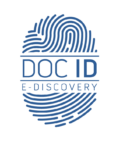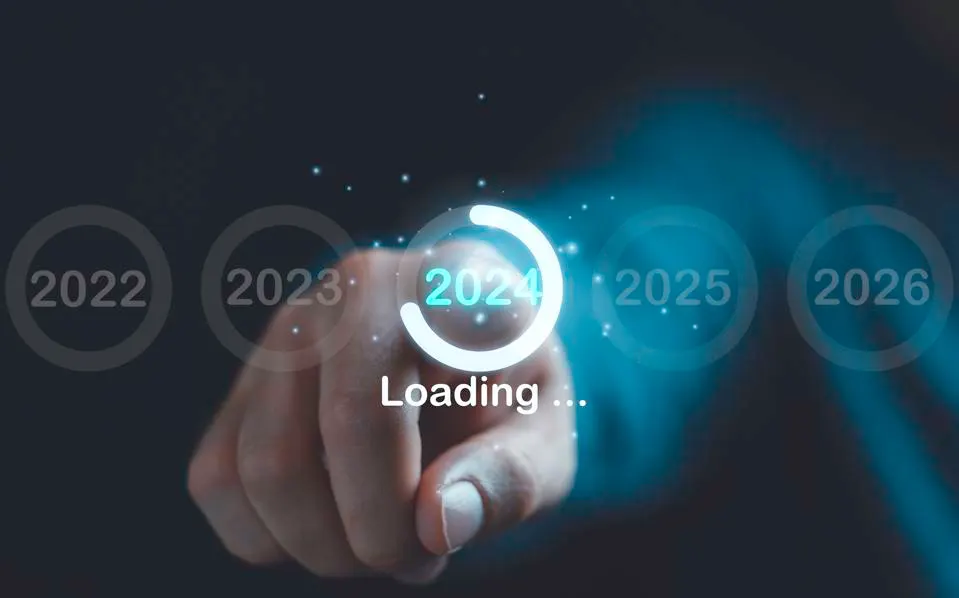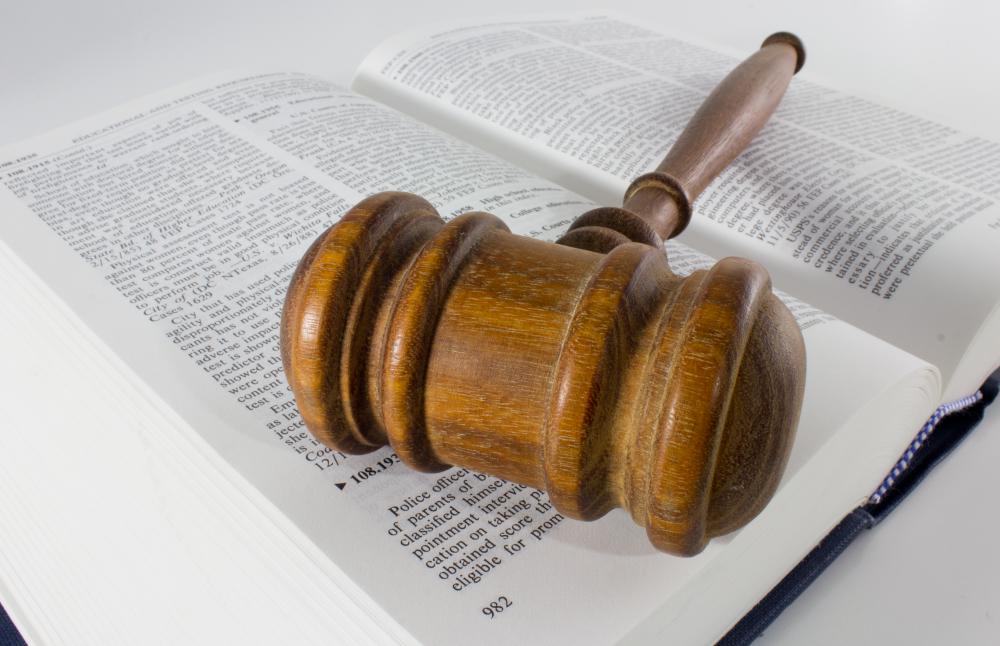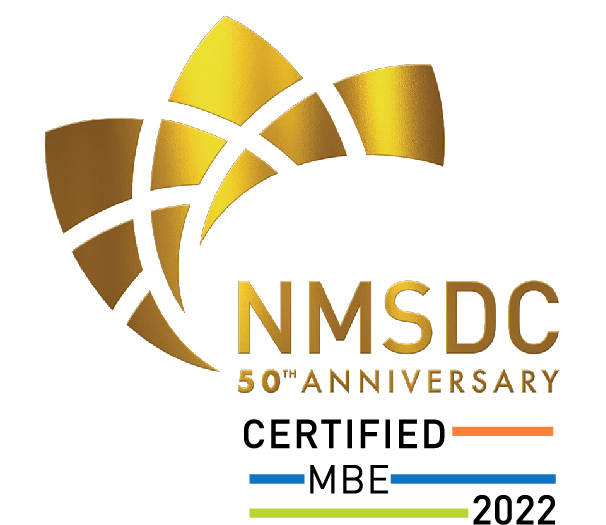In the evolving world of e-discovery, the latest entrant is generative artificial intelligence (Gen AI), reshaping traditional practices and challenging established norms. As e-discovery professionals have adapted to changes from email to collaboration platforms, Gen AI presents new complexities, particularly in custodian identification and evidence authentication.
The Evolving Role of Custodians in E-Discovery
Traditionally, e-discovery has centered around human custodians – individuals responsible for the creation and maintenance of relevant data. However, the rise of collaboration platforms has already begun to shift the focus from individual custodians to information sources. Jeffrey Fowler, chair of O’Melveny’s Electronic Discovery and Document Retention Practice Group, notes that non-human custodians, like SharePoint, have been integrated into e-discovery for years.
With Gen AI, tools like chatbots could potentially be treated as custodians. Determining their custodial status will depend on their role in data creation and the independence of their processes. Shannon Bales, Litigation Support Manager at Munger, Tolles and Olson, suggests that the person overseeing these AI tools might also be considered a custodian.
Adapting to Generative AI in E-Discovery
E-discovery professionals anticipate the need to refine existing protocols rather than overhaul them completely. Kassi Burns, Senior Attorney in King & Spalding’s E-Discovery practice, advises updating hold notice and custodian interview languages to encompass Gen AI usage.
Generative AI’s introduction into e-discovery parallels previous technological disruptions like Google Docs and Slack, which already complicated notions of document authorship and version control. Gen AI adds another layer, potentially as an ‘author’ or ‘participant’ in document creation.
Authentication: The Core Challenge
Also Read: Law Firms Embrace Technology Training Amid Rise of Generative AI
While the concept of custodianship with Gen AI is significant, experts believe the greatest challenge lies in authenticating evidence, particularly with the increasing prevalence of deepfakes. Burns emphasizes that identification and authentication are critical and complex issues in the Gen AI era.
Conclusion
The integration of Gen AI into e-discovery is not just an addition to the toolkit but a fundamental shift that requires a nuanced understanding of custodianship and authentication. As the legal industry grapples with these changes, the focus remains on adapting existing practices to meet the challenges posed by this new technological frontier.








Leave A Comment